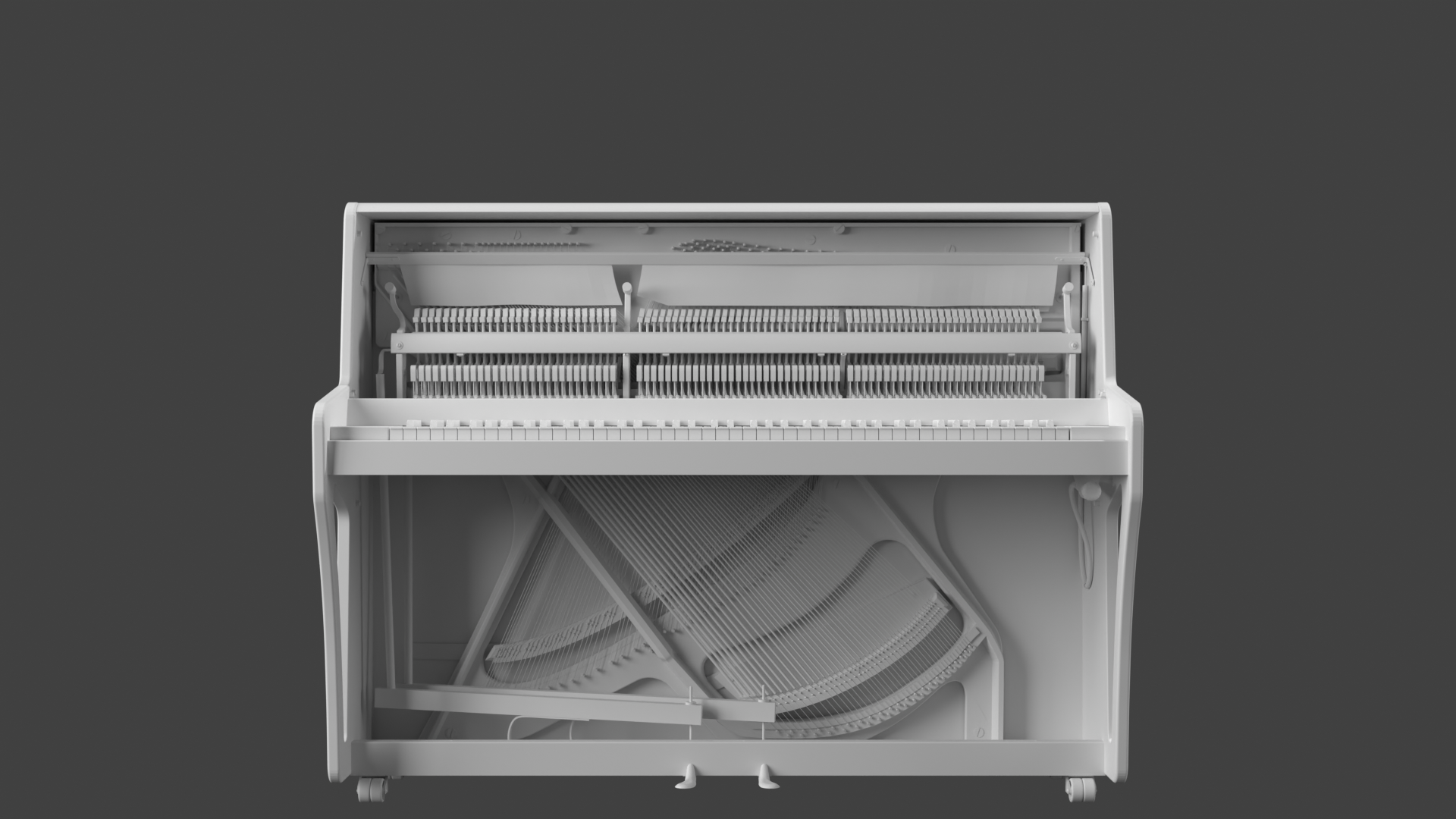
Piano Tuning & Servicing
in the NW Baltimore area
Your piano deserves to sound and feel its best, no matter your skill level. Whether you’re a seasoned player or simply playing for joy, our services ensure your piano is finely tuned and fully playable—so every note feels like a true expression of you.
Popular Services
Basic Tuning
Best for Regularly Serviced Pianos
$180
A straightforward tuning for pianos typically serviced every 3–6 months (or as needed for performance), keeping them in top shape.
Standard Service Call
Best for Annual Service
$250
Includes a basic tuning, inspection/evaluation (for new clients), sticky key fixes, minor action adjustments, and light cleaning.
“It’s Been a While” Service Call
Most Popular for New Clients
$310
Everything in the Standard Service Call plus a pitch raise for significantly out-of-tune pianos. Ideal if your piano hasn’t been tuned in a few years.
Book a Tuning
Take a visit to our partner scheduling site to find available times for a technician to come care for your piano!
Other Services & Add-ons
Piano Assessment $80
A professional evaluation of your piano’s current condition and potential needs—ideal for recently acquired or long-untouched instruments. Written assessments available upon request. Fee waived for all popular tuning services.
Basic Cleaning $100
A light interior/exterior dusting and vacuuming to keep your piano fresh and free of surface debris and dust. This service helps keep your piano looking its best while also preventing buildup that can affect performance over time.
Deep Cleaning $255
Make your piano look like new! A thorough cleaning and polishing that targets dust and buildup under the keys and inside the cabinet. Perfect for heavily used or older pianos. Includes pest removal and sanitization.
Hammer/Tone Regulation
Restore clarity and warmth by reshaping hammers and adjusting felt density. Great for pianos sounding dull or overly bright.
Action Regulation
Fine-tune the mechanical aspects of the piano’s action for even, responsive keystrokes. Enhances touch and overall playability.
Repairs/String Replacement
Address sticking keys, worn parts, or broken strings. Keeps your piano sounding its best and prevents more serious damage later.
FAQs
-
Pianos generally need tuning at least twice a year—once when the indoor climate changes from heating to cooling season, and once again in the opposite transition. However, depending on factors like playing frequency, local climate changes, and the piano’s age, some pianos may need more frequent maintenance.
-
Clear the area: Remove any objects (e.g., photos, vases, music books) from the piano lid and around the tuning pins.
Quiet environment: Turn off TVs, radios, air conditioners, or anything that creates consistent noise or vibration.
Room temperature: Keep your home’s temperature and humidity as stable as possible. Sudden changes in humidity are especially hard on the piano’s tuning stability.
-
A basic tuning typically takes around 90 minutes. If the piano has not been serviced for a long time or requires additional work (like pitch raising or minor repairs), the appointment may take longer—anywhere from 90 minutes to two hours.
-
When a piano hasn’t been tuned for a long time, it may be well below pitch. In that case, it often requires a pitch raise or pitch correction first. This is a preliminary rough tuning to bring the piano closer to standard pitch (A440), followed by a fine tuning. A follow-up visit may likely be required within a 1-2 week period after the initial pitch raise.
-
Pianos are sensitive to humidity and temperature changes. Even slight fluctuations cause the piano’s wooden parts, soundboard, and strings to expand or contract, affecting pitch and tone. Regular maintenance ensures your piano’s best sound, touch, and overall longevity.
-
While many older pianos can be tuned successfully, some may have structural or mechanical issues (like cracked soundboards or loose tuning pins) that complicate tuning. I can assess your piano’s condition on-site and advise on the best course of action, whether that’s tuning, repair, or, in rare cases, recommending further restoration.



